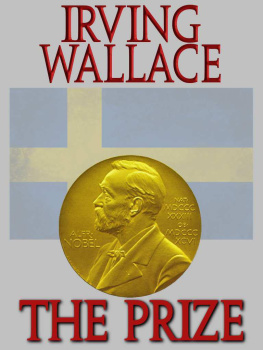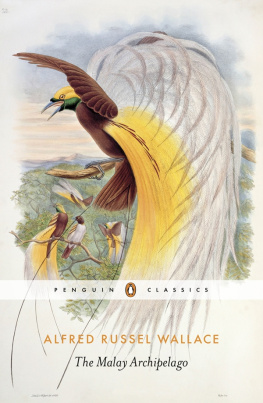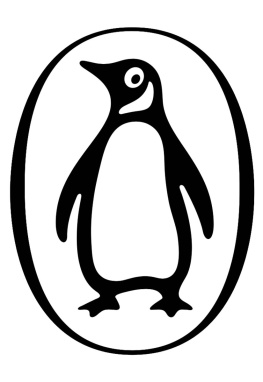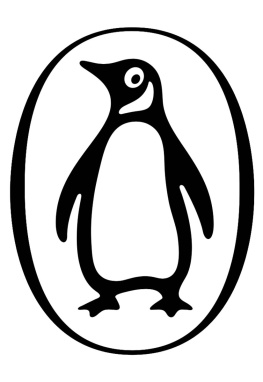Celebes, 1856
ALFRED RUSSEL WALLACE
Borneo, Celebes, Aru

GREAT
JOURNEYS
PENGUIN BOOKS
Published by the Penguin Group
Penguin Books Ltd, 80 Strand, London WC2R 0RL , England
Penguin Group (USA) Inc., 375 Hudson Street, New York, New York 10014, USA
Penguin Group (Canada), 90 Eglinton Avenue East, Suite 700, Toronto, Ontario, Canada M4P 2Y3 (a division of Pearson Penguin Canada Inc.)
Penguin Ireland, 25 St Stephens Green, Dublin 2, Ireland (a division of Penguin Books Ltd)
Penguin Group (Australia), 250 Camberwell Road, Camberwell, Victoria 3124, Australia (a division of Pearson Australia Group Pty Ltd)
Penguin Books India Pvt Ltd, 11 Community Centre, Panchsheel Park, New Delhi 110 017, India
Penguin Group (NZ), 67 Apollo Drive, Mairangi Bay, Auckland 1310, New Zealand (a division of Pearson New Zealand Ltd)
Penguin Books (South Africa) (Pty) Ltd, 24 Sturdee Avenue, Rosebank, Johannesburg 2196, South Africa
Penguin Books Ltd, Registered Offices: 80 Strand, London, WC2R 0RL , England
www.penguin.com
The Malay Archipelago first published 1869
This extract published in Penguin Books 2007
All rights reserved
Except in the United States of America, this book is sold subject to the condition that it shall not, by way of trade or otherwise, be lent, re-sold, hired out, or otherwise circulated without the publishers prior consent in any form of binding or cover other than that in which it is published and without a similar condition including this condition being imposed on the subsequent purchaser
ISBN: 978-0-14-196324-2
The Malay Archipelago by Alfred Russel Wallace (18231913) is one of the great works of nineteenth-century literature: a discursive, mesmerizing, beautifully descriptive, occasionally offensive work of art by a great biologist and writer. Having worked with Walter Henry Bates in the Amazon (and lost all his collections in a catastrophic fire at sea), Wallace spent 1854 to 1862 wandering across the East Indies (now Malaysia and Indonesia) from Sumatra in the west to New Guinea in the east, earning his living as a bird-skin collector. It was while he was in the Aru Islands, off the coast of New Guinea, that (quite independently of Darwin) Wallace realized the true origin of species.
It has proved nightmarishly hard to extract sections from The Malay Archipelago as each island on which Wallace lived has its own remarkable atmosphere. This selection begins with his account of the Wallace Line, which he was the first to identify (his analysis predates any conception of the role of continental drift). This is followed by his famous and horrifying description of his orang-utan hunting expeditions and then by incidents in the Sarawak interior, Celebes (now Sulawesi) and the Aru Islands.
The Theory of the Wallace Line
[ ]
It is now generally admitted that the present distribution of living things on the surface of the earth is mainly the result of the last series of changes that it has undergone. Geology teaches us that the surface of the land, and the distribution of land and water, is everywhere slowly changing. It further teaches us that the forms of life which inhabit that surface have, during every period of which we possess any record, been also slowly changing.
It is not now necessary to say anything about how either of those changes took place; as to that, opinions may differ; but as to the fact that the changes themselves have occurred, from the earliest geological ages down to the present day, and are still going on, there is no difference of opinion. Every successive stratum of sedimentary rock, sand, or gravel, is a proof that changes of level have taken place; and the different species of animals and plants, whose remains are found in these deposits, prove that corresponding changes did occur in the organic world. Taking, therefore, these two series of changes for granted, most of the present peculiarities and anomalies in the distribution of species may be directly traced to them. In our own islands, with a very few trifling exceptions, every quadruped, bird, reptile, insect, and plant, is found also on the adjacent continent. In the small islands of Sardinia and Corsica, there are some quadrupeds and insects, and many plants, quite peculiar. In Ceylon, more closely connected to India than Britain is to Europe, many animals and plants are different from those found in India, and peculiar to the island. In the Galapagos Islands, almost every indigenous living thing is peculiar to them, though closely resembling other kinds found in the nearest parts of the American continent.
Most naturalists now admit that these facts can only be explained by the greater or less lapse of time since the islands were upraised from beneath the ocean, or were separated from the nearest land; and this will be generally (though not always) indicated by the depth of the intervening sea. The enormous thickness of many marine deposits through wide areas shows that subsidence has often continued (with intermitting periods of repose) during epochs of immense duration. The depth of sea produced by such subsidence will therefore generally be a measure of time; and in like manner, the change which organic forms have undergone is a measure of time. When we make proper allowance for the continued introduction of new animals and plants from surrounding countries by those natural means of dispersal which have been so well explained by Sir Charles Lyell and Mr Darwin, it is remarkable how closely these two measures correspond. Britain is separated from the continent by a very shallow sea, and only in a very few cases have our animals or plants begun to show a difference from the corresponding continental species. Corsica and Sardinia, divided from Italy by a much deeper sea, present a much greater difference in their organic forms. Cuba, separated from Yucatan by a wider and deeper strait, differs more markedly, so that most of its productions are of distinct and peculiar species; while Madagascar, divided from Africa by a deep channel three hundred miles wide, possesses so many peculiar features as to indicate separation at a very remote antiquity, or even to render it doubtful whether the two countries have ever been absolutely united.
Returning now to the Malay Archipelago, we find that all the wide expanse of sea which divides Java, Sumatra, and Borneo from each other, and from Malacca and Siam, is so shallow that ships can anchor in any part of it, since it rarely exceeds forty fathoms in depth; and if we go as far as the line of a hundred fathoms, we shall include the Philippine Islands and Bali, east of Java. If, therefore, these islands have been separated from each other and the continent by subsidence of the intervening tracts of land, we should conclude that the separation has been comparatively recent, since the depth to which the land has subsided is so small. It is also to be remarked that the great chain of active volcanoes in Sumatra and Java furnishes us with a sufficient cause for such subsidence, since the enormous masses of matter they have thrown out would take away the foundations of the surrounding district; and this may be the true explanation of the often-noticed fact that volcanoes and volcanic chains are always near the sea. The subsidence they produce around them will, in time, make a sea, if one does not already exist.
But, it is when we examine the zoology of these countries that we find what we most require evidence of a very striking character that these great islands must have once formed a part of the continent, and could only have been separated at a very recent geological epoch. The elephant and tapir of Sumatra and Borneo, the rhinoceros of Sumatra and the allied species of Java, the wild cattle of Borneo and the kind long supposed to be peculiar to Java, are now all known to inhabit some part or other of Southern Asia. None of these large animals could possibly have passed over the arms of the sea which now separate these countries, and their presence plainly indicates that a land communication must have existed since the origin of the species. Among the smaller mammals, a considerable portion are common to each island and the continent; but the vast physical changes that must have occurred during the breaking up and subsidence of such extensive regions have led to the extinction of some in one or more of the islands, and in some cases there seems also to have been time for a change of species to have taken place. Birds and insects illustrate the same view, for every family and almost every genus of these groups found in any of the islands occurs also on the Asiatic continent, and in a great number of cases the species are exactly identical. Birds offer us one of the best means of determining the law of distribution; for though at first sight it would appear that the watery boundaries which keep out the land quadrupeds could be easily passed over by birds, yet practically it is not so; for if we leave out the aquatic tribes which are pre-eminently wanderers, it is found that the others (and especially the Passeres, or true perching-birds, which form the vast majority) are generally as strictly limited by straits and arms of the sea as are quadrupeds themselves. As an instance, among the islands of which I am now speaking, it is a remarkable fact that Java possesses numerous birds which never pass over to Sumatra, though they are separated by a strait only fifteen miles wide, and with islands in mid-channel. Java, in fact, possesses more birds and insects peculiar to itself than either Sumatra or Borneo, and this would indicate that it was earliest separated from the continent; next in organic individuality is Borneo, while Sumatra is so nearly identical in all its animal forms with the peninsula of Malacca, that we may safely conclude it to have been the most recently dismembered island.
Next page














